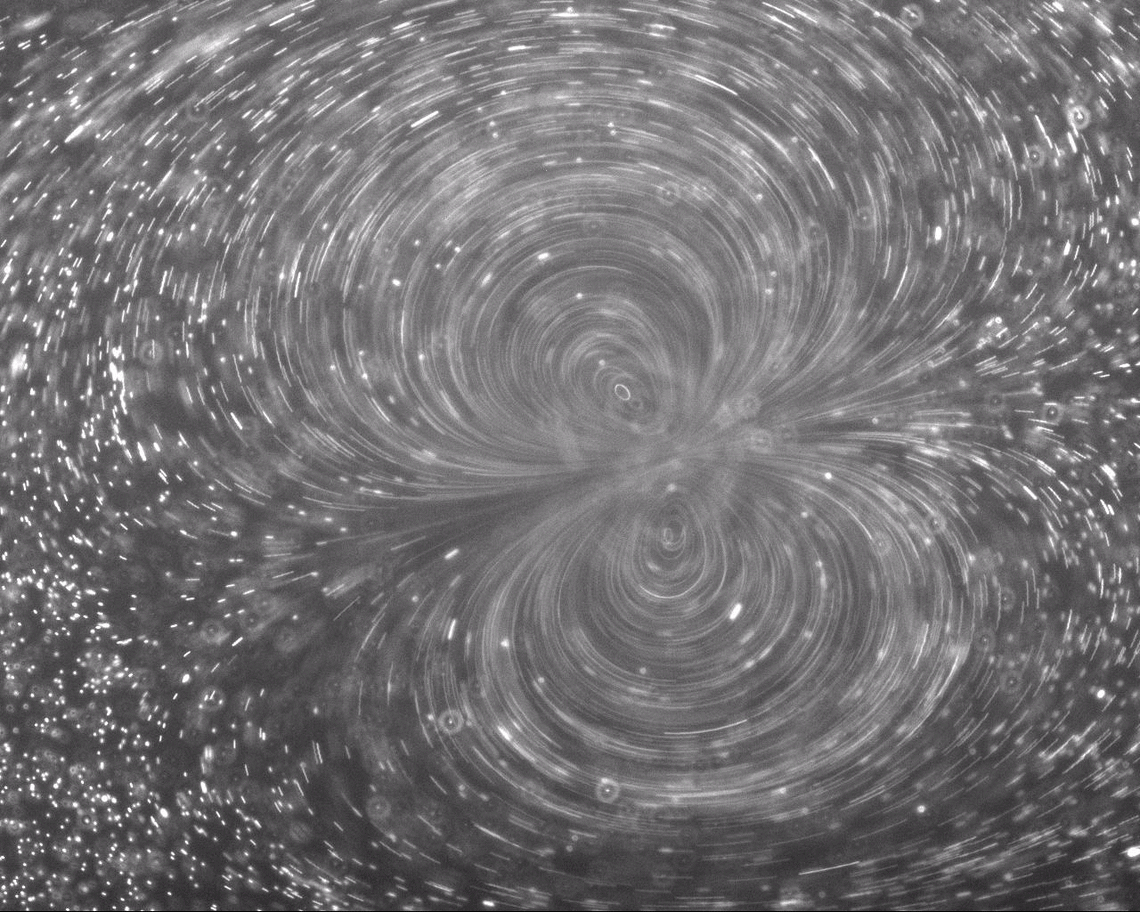
Contact information
Dario is based in the Botnar Research Centre (Botnar 3 building)





Dario Carugo
BSc, MSc, PhD (Biomedical Engineering)
Associate Professor
Dario is an Associate Professor of Biostimulation and Immunological Engineering in the Botnar Research Centre (NDORMS, Medical Sciences Division).
He holds BSc and MSc degrees in Biomedical Engineering from Politecnico di Milano (Italy), specialising in Biological Fluid Dynamics and Life Support Systems. During his MSc research, he developed a physical simulator of mass transfer in patients undergoing hemodialysis. In 2012, he obtained a PhD in Bioengineering Sciences at the University of Southampton, developing biomimetic microfluidic models for the evaluation of intravascular therapeutics (including embolic microparticles and sclerosing foams). He subsequently worked as a postdoctoral researcher at the University of Southampton (2012-2014, funded by an FP7 European project and a Doctoral Prize award) and University of Oxford (2014-2016, Institute of Biomedical Engineering). In this period, he engineered miniaturised acoustic devices that utilise ultrasound to manipulate biological cells (for diagnostic purposes) or to enhance intracellular delivery of therapeutic molecules. He also designed novel mechanistic systems to understand the effects of therapeutic physical stimuli on biological barriers and optimise the stimulation conditions to improve treatment outcomes.
In 2016, he was awarded a tenure-track New Frontiers Fellowship by the University of Southampton, where he subsequently became Lecturer in the Bioengineering Research Group (Department of Mechanical Engineering). In 2020, he joined the School of Pharmacy at University College London (UCL) as a Lecturer in Pharmaceutical Nanotechnology and Nanofabrication, where he then became Associate Professor in the Department of Pharmaceutics.
Dario's research focuses on the design of mechanistic models (including micro-fluidic and 3D/bio-printed systems), quantitative methods, and prototype devices for the improvement of current therapeutic approaches. The treatment methods investigated mainly include interventional and stimuli-mediated approaches that can disrupt or modulate biological systems, to induce anti-microbial, anti-inflammatory, or reparative/restorative effects. His research has potential for application in the treatment of conditions such as chronic wounds, implant-associated infections, vascular and musculoskeletal disorders.
Dario is a Fellow of the Higher Education Academy, and teaches across a range of fundamental and applied subjects. Taught subjects include Cardiovascular and Urinary Systems Physiology, Drug Delivery, Micro- and Nano-Technologies for Drug Development and Screening, Clinical Pharmaceutics, Interventional Medicine and Drug-Device Combinations, and Fluid Mechanics.
He currently teaches Biofluids (Engineering Science) and Micro- & nano-technologies for personalised medicine (MSc Pharmacology), and runs a Bioengineering Design & Laboratory activity for the MSc in Musculoskeletal Sciences programme.
Key publications
-
An Acoustic Device for Ultra High-Speed Quantification of Cell Strain During Cell-Microbubble Interaction.
Journal article
Pattinson O. et al, (2023), Acs biomater sci eng, 9, 5912 - 5923
-
Bactericidal and anti-biofilm effects of uncharged and cationic ultrasound-responsive nitric oxide microbubbles on Pseudomonas aeruginosa biofilms.
Journal article
LuTheryn G. et al, (2022), Front cell infect microbiol, 12
-
Reducing deposition of encrustation in ureteric stents by changing the stent architecture: A microfluidic-based investigation.
Journal article
Mosayyebi A. et al, (2019), Biomicrofluidics, 13
-
Spatiotemporal dynamics of doxorubicin elution from embolic beads within a microfluidic network.
Journal article
Carugo D. et al, (2015), J control release, 214, 62 - 75
-
Modulation of the molecular arrangement in artificial and biological membranes by phospholipid-shelled microbubbles.
Journal article
Carugo D. et al, (2017), Biomaterials, 113, 105 - 117
Recent publications
-
Contrast-enhanced ultrasound (CEUS) reveals perfusion of human bone fracture in acute-phase healing
Journal article
Cadoux-Hudson D. et al, (2025), Journal of orthopaedic research
-
Efficacy of nitric oxide donors and EDTA against Pseudomonas aeruginosa biofilms: Implications for antimicrobial therapy in chronic wounds.
Journal article
Crowther A. et al, (2025), Biofilm, 9
-
Optimising the manufacture of perfluorocarbon nanodroplets through varying sonication parameters.
Journal article
Campbell CK. et al, (2025), Ultrason sonochem, 118
-
Repurposing antimicrobials with ultrasound-triggered nanoscale systems for targeted biofilm drug delivery.
Journal article
Choi V. et al, (2025), Npj antimicrob resist, 3
-
Ultrasound-compatible 3D-printed Franz diffusion system for sonophoresis with microbubbles.
Journal article
Chen X. et al, (2024), Int j pharm, 666
-
Jingle Cell Rock: Steering Cellular Activity With Low-Intensity Pulsed Ultrasound (LIPUS) to Engineer Functional Tissues in Regenerative Medicine.
Journal article
Marcotulli M. et al, (2024), Ultrasound med biol, 50, 1973 - 1986
-
Mitigating infections in implantable urological continence devices: risks, challenges, solutions, and future innovations. A comprehensive literature review.
Journal article
Yang B. et al, (2024), Curr opin urol, 34, 495 - 508
-
Investigation of Ultrasound Mediated Extravasation of a Model Drug by Perfluorobutane Nanodroplets.
Journal article
Wu Q. et al, (2024), Ultrasound med biol, 50, 1573 - 1584
-
Artificial urinary bladder model.
Journal article
Read B. et al, (2024), Proc inst mech eng h, 238, 588 - 597
-
pH-sensitive release of nitric oxide gas using peptide-graphene co-assembled hybrid nanosheets.
Journal article
Tabish TA. et al, (2024), Nitric oxide, 147, 42 - 50


